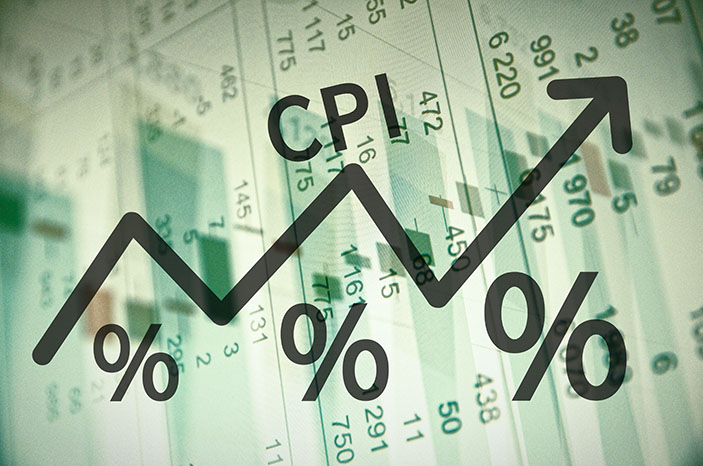THE FURORE over the announcement that water prices will be hiked by 30% in two steps—from July 1 this year and next year–has not died down. This is a substantial increase, especially for less affluent households where the water bill accounts for a bigger chunk of household spending.
However, the impact to the consumer price index (CPI), which measures price rises in Singapore, will not be large.
This may be surprising to many, but that is how the CPI works.
While people feel the pain of price increases in goods and services across the board, changes in the official CPI remain relatively tame. It can be quite deceptive, and misleading too, as government policies are set based on CPI data.
CPI does not measure the pain felt by the ordinary man in the street who sees his grocery and food bills going up, but then is told that the prices didn’t really go up.
Designed For Averages
Why then isn’t this reflected in the CPI? For an answer, you have to look at how the CPI is designed. First, it should be noted that CPI is just an index and we are interested how it has changed over a period — that is, whether the CPI has risen or has fallen or has remained steady.
According to the Department of Statistics (DOS), which compiles CPI data, the index is designed to measure the average prices changes in a fixed basket of consumption goods and services commonly purchased by households over time. How wealthy or how poor a household is does not come into consideration.
DOS says that the CPI is rebased every five years, and the last rebasing was conducted in 2014. Rebasing is done to reflect the latest consumption patterns and composition of goods and services consumed by resident households.
Further, different baskets of goods and services are allocated weights to reflect the relative importance of each item in the baskets.
Housing and utilities holds the heaviest weight at 26.3% of the CPI followed by food at 21.7%, and transport at 15.8%. This makes sense as these comprise the basic necessities of life in Singapore. The breakdown can be found HERE.
Watered Down Effect
The upcoming water price hike will be factored into the Housing and Utilities basket. The components of this basket also include electricity prices and accommodation costs. Water prices only constitute a proportion of the 26.3% weighting of the basket. The exact contribution of water price rises is not disclosed.

The water price hike will bump up the contribution for two years starting from July 1. However, the number of basis points added to the All-Items CPI will not be much — this depends on the weightage of the water prices in the housing and utilities basket. After the two years is up, CPI won’t reflect the price hike anymore. But people will continue to pay the elevated prices.
In fact, the contribution of Housing and Utilities to the overall CPI change might remain negative despite the increase in water prices. In 2015 and 2016, this CPI basket of goods and services contracted by 3.5% and 4.1% respectively, fuelled by falls in accommodation costs and fuel prices. If accommodation costs and fuel prices continue to face downward pressure, the increase in water prices may be diluted.
Should We Pay Attention To The CPI?
Meanwhile, if we look at the average change in the annual CPI over the last 10 years, many of the numbers do not align with anecdotal evidence from the ground. For instance, the restaurant food increased at an average of 2.8% in each of the last 10 years, while medical and dental treatment rose by an average of 2.9%.
While these percentages may reflect what is happening in some instances, it may not be true in all instances. Having said that, It would be impossible to measure all instances.
Many assumptions have to be factored into the CPI. The index is measured based on averages and perceptions of what people spend on their households. While it is an important indicator for governments, central banks, banks and economists as it is connected to inflation expectations, it seems to be dissociated with what the ordinary man on the street experiences.
Hence, the bureaucrats and technocrats can justify a 30% price increase as having little impact on the CPI.
However, on the ground, the reality seems a lot different. It adds grist for the mill that those who are in decision-making positions have lost touch with what is happening on the ground.
A Tiered Approach
In Singapore, if a water price hike is a must, a tiered approach based on accommodation size may have been more meaningful and acceptable, except that the government’s justification was that it wants everyone to be more careful with water use. In any country, that justification is hard to argue against.
It may be that there are many cases where those living in government housing use more water than those living in private homes. However, just as CPI is based on perceptions, so should the water price hike.
A government is meant to serve the people and never the other way around. A gradual hike over a longer period of time could have been more acceptable to the populace.
Thus It Was Unboxed by One-Five-Four Analytics presents alternative angles to current events. Reach us at 154analytics@gmail.com
Main Image: baltremus / Shutterstock.com



















